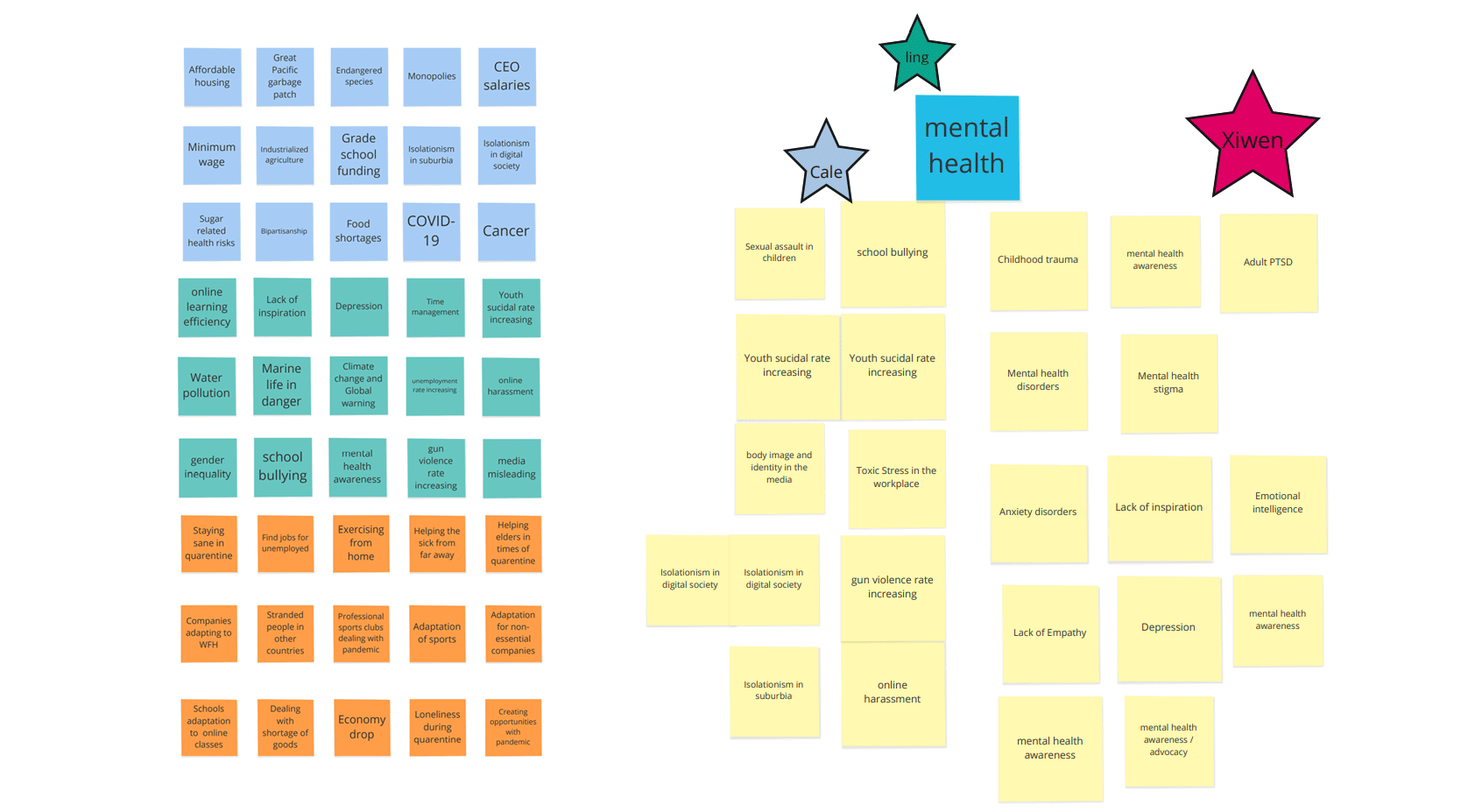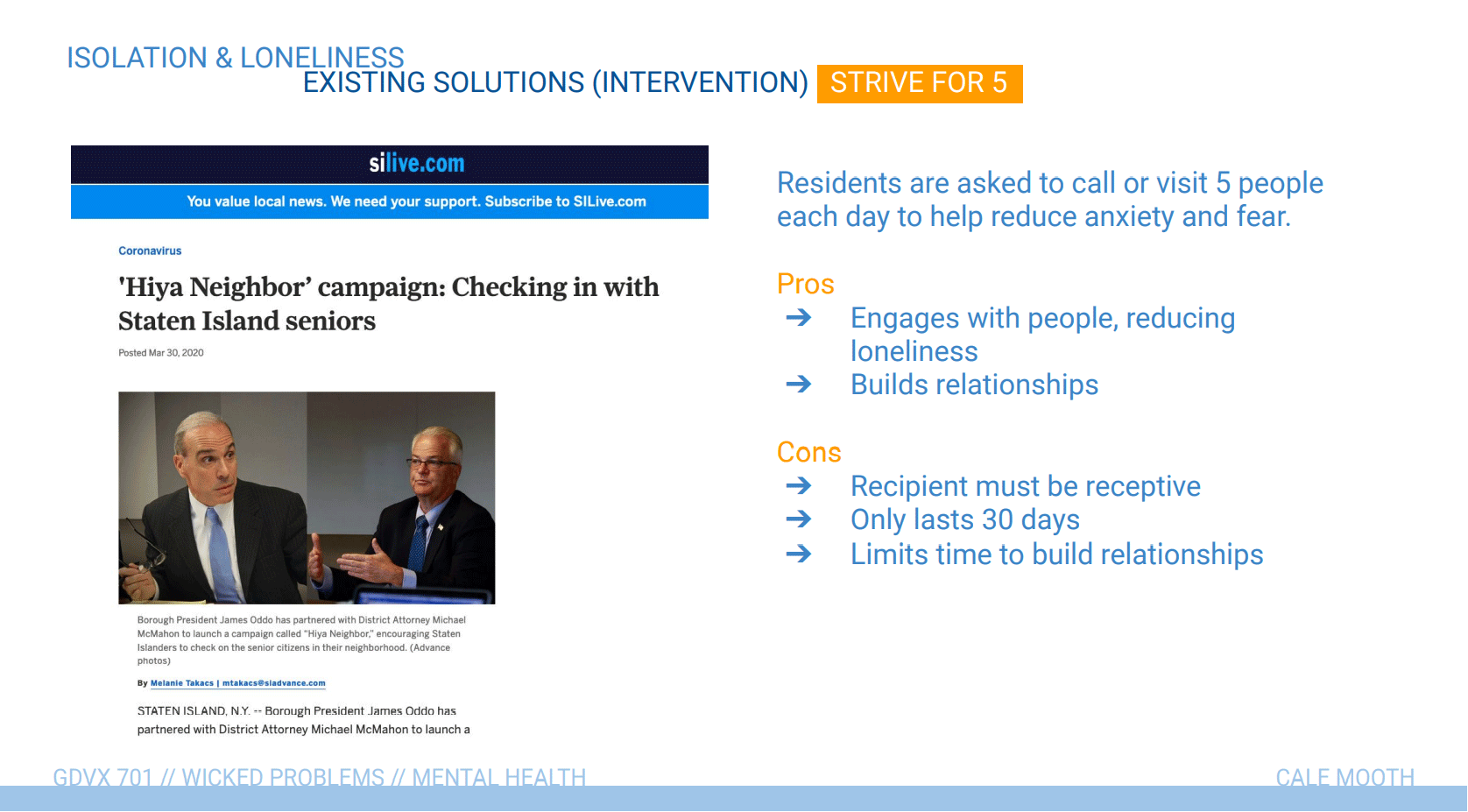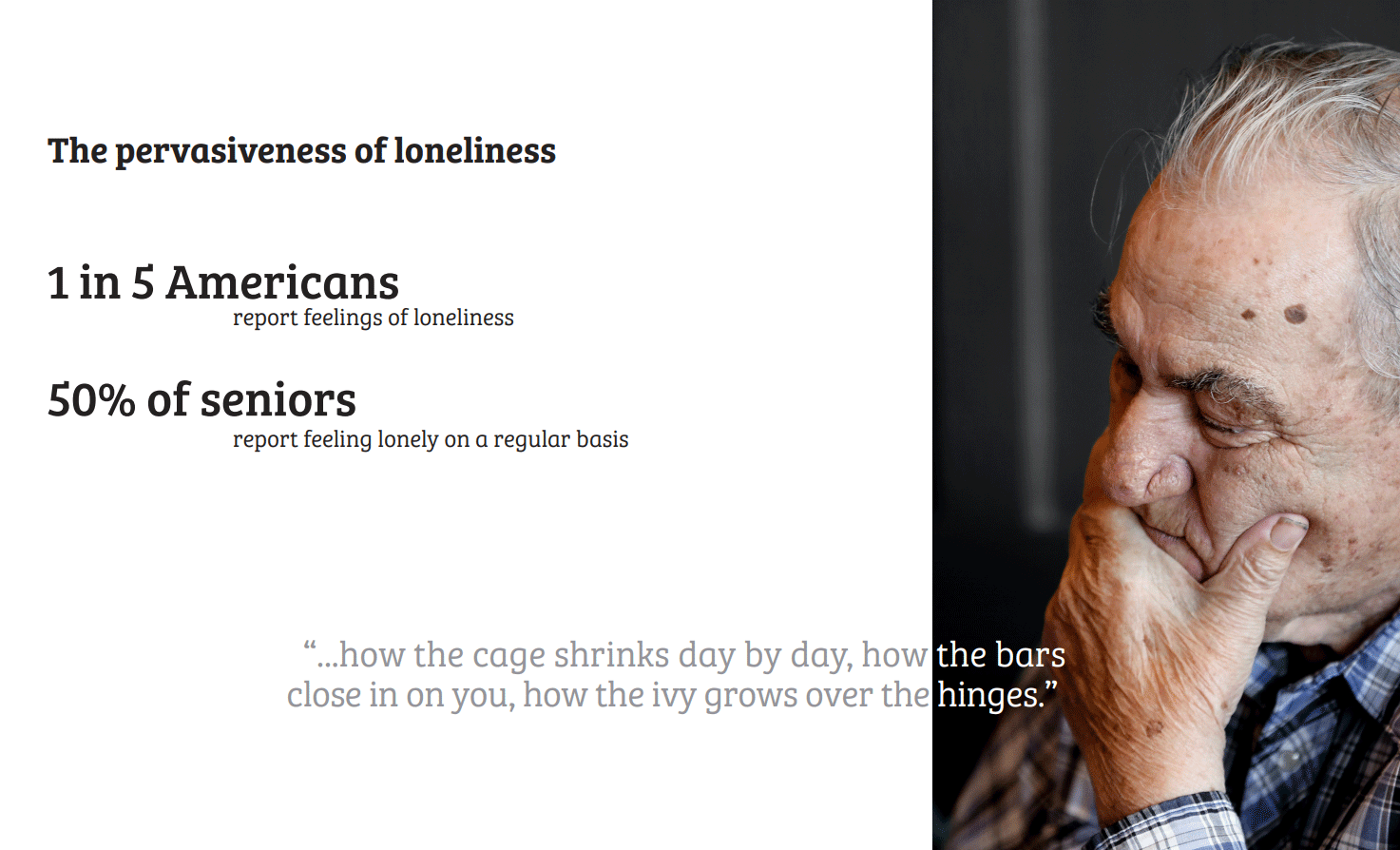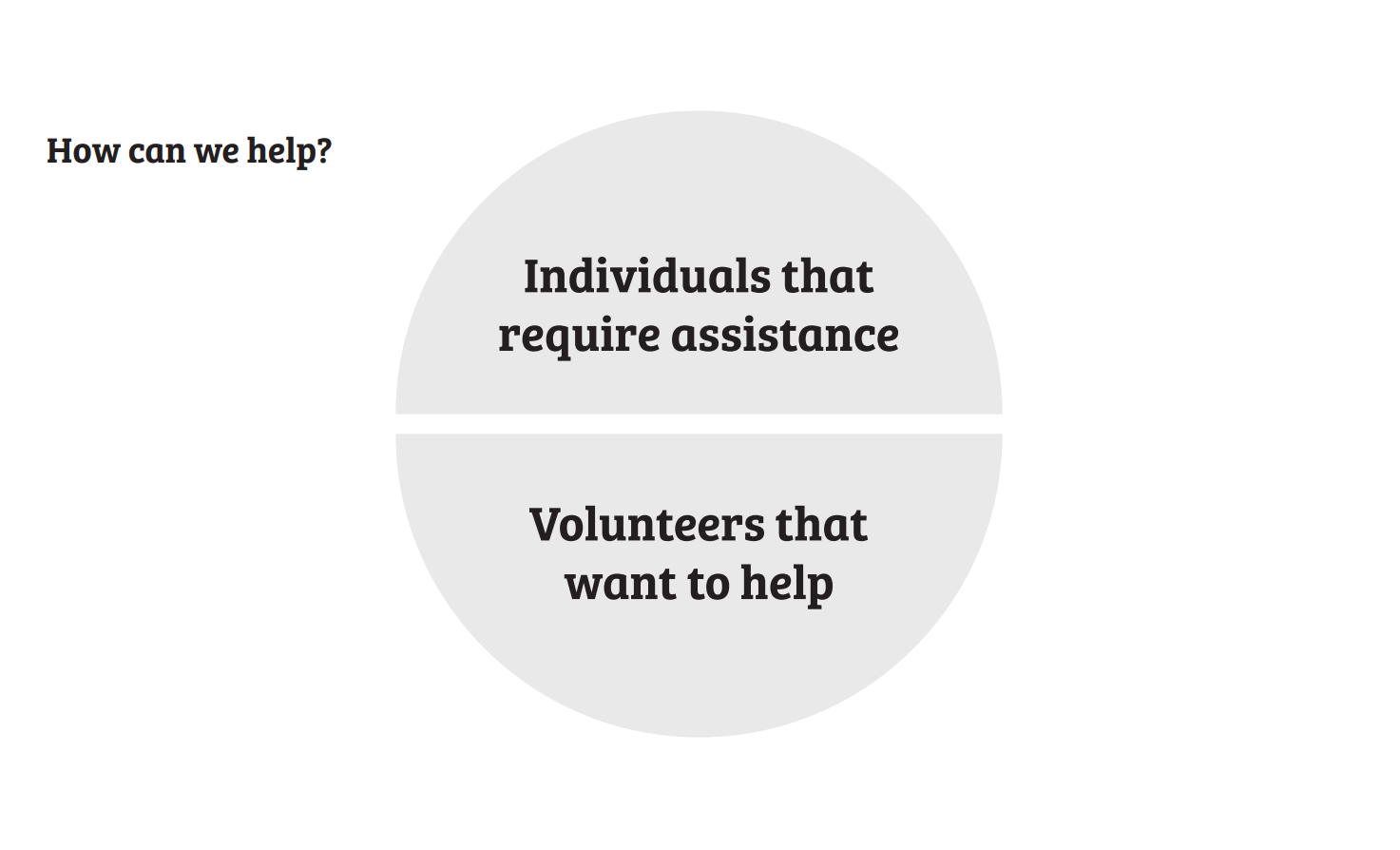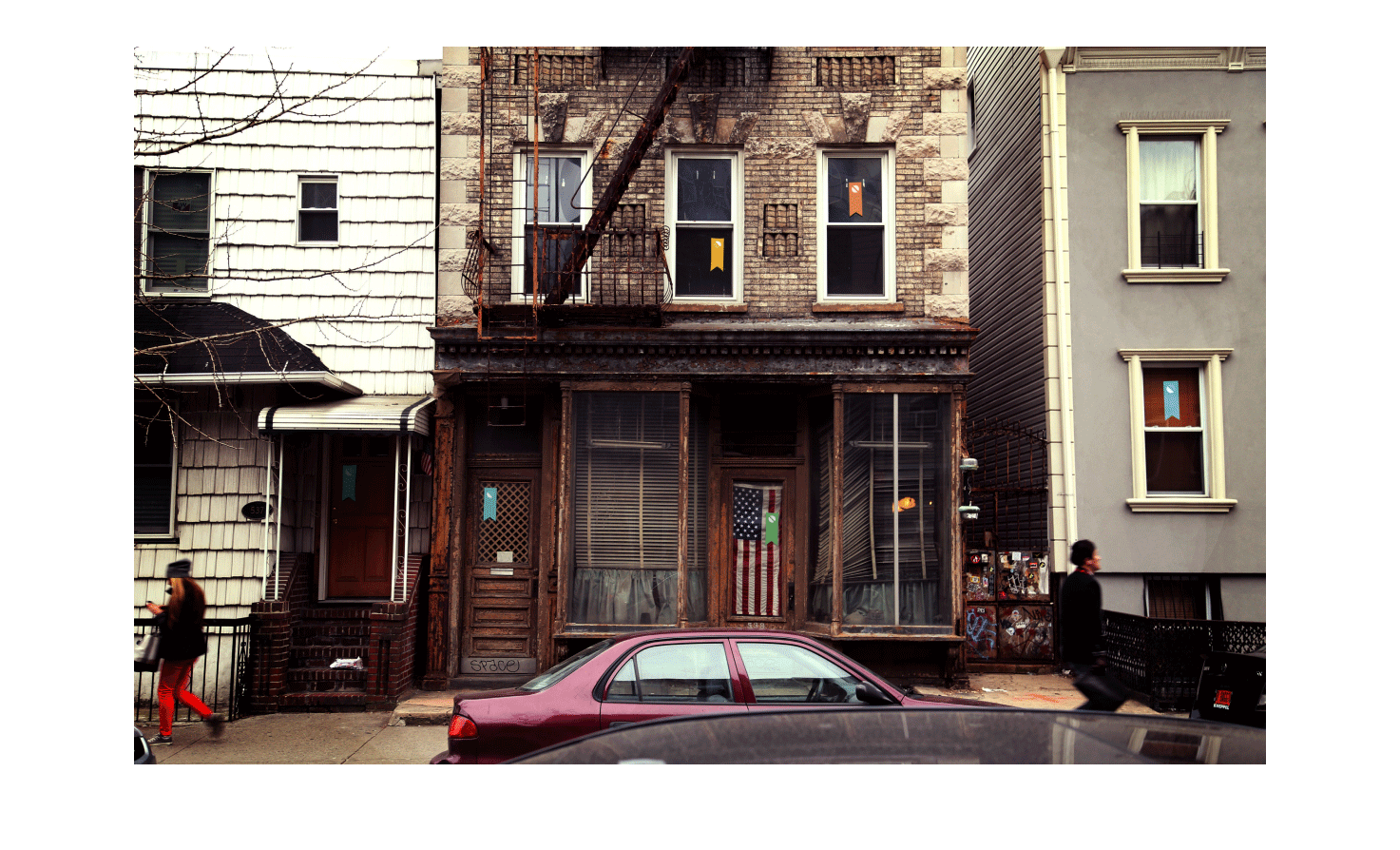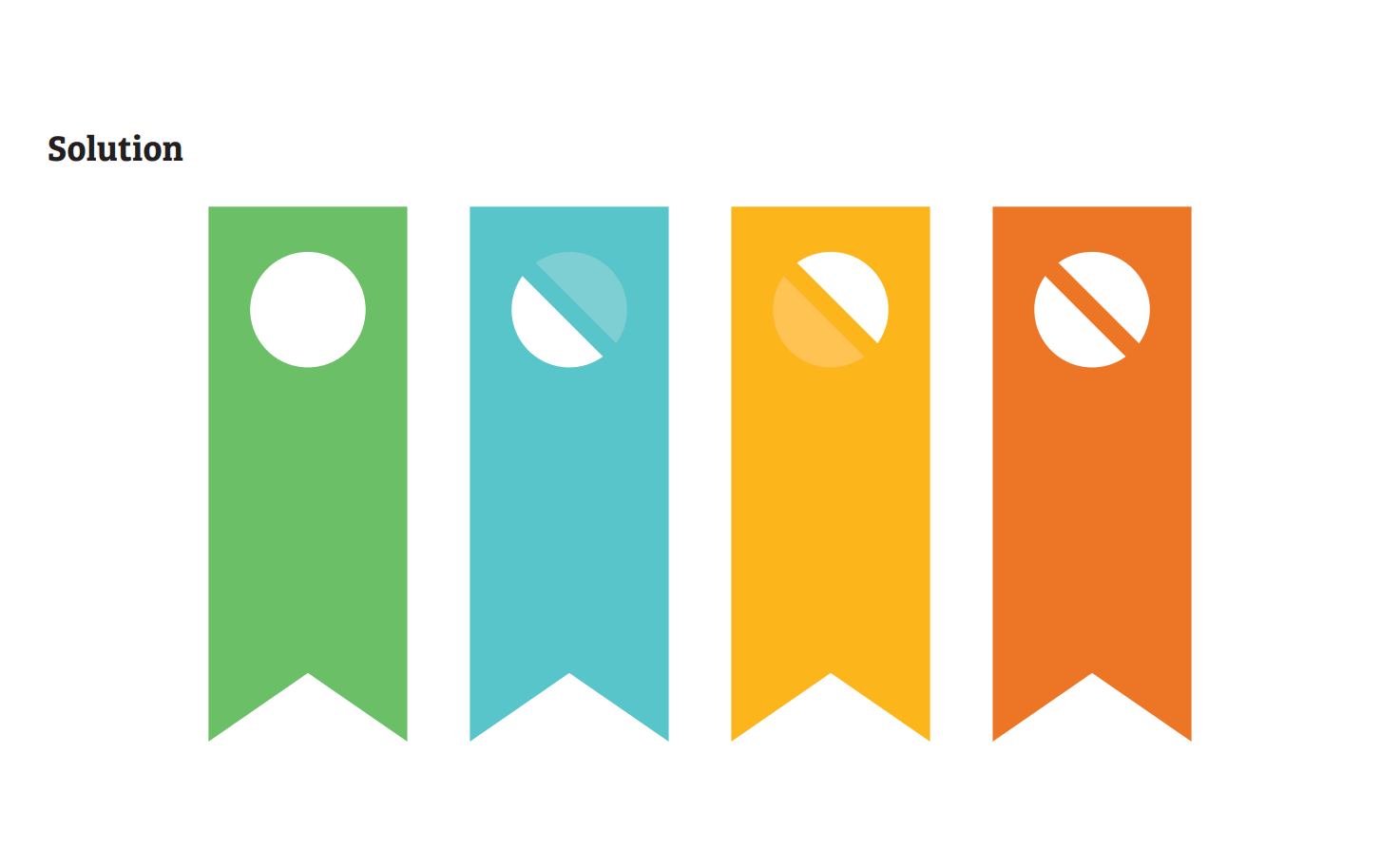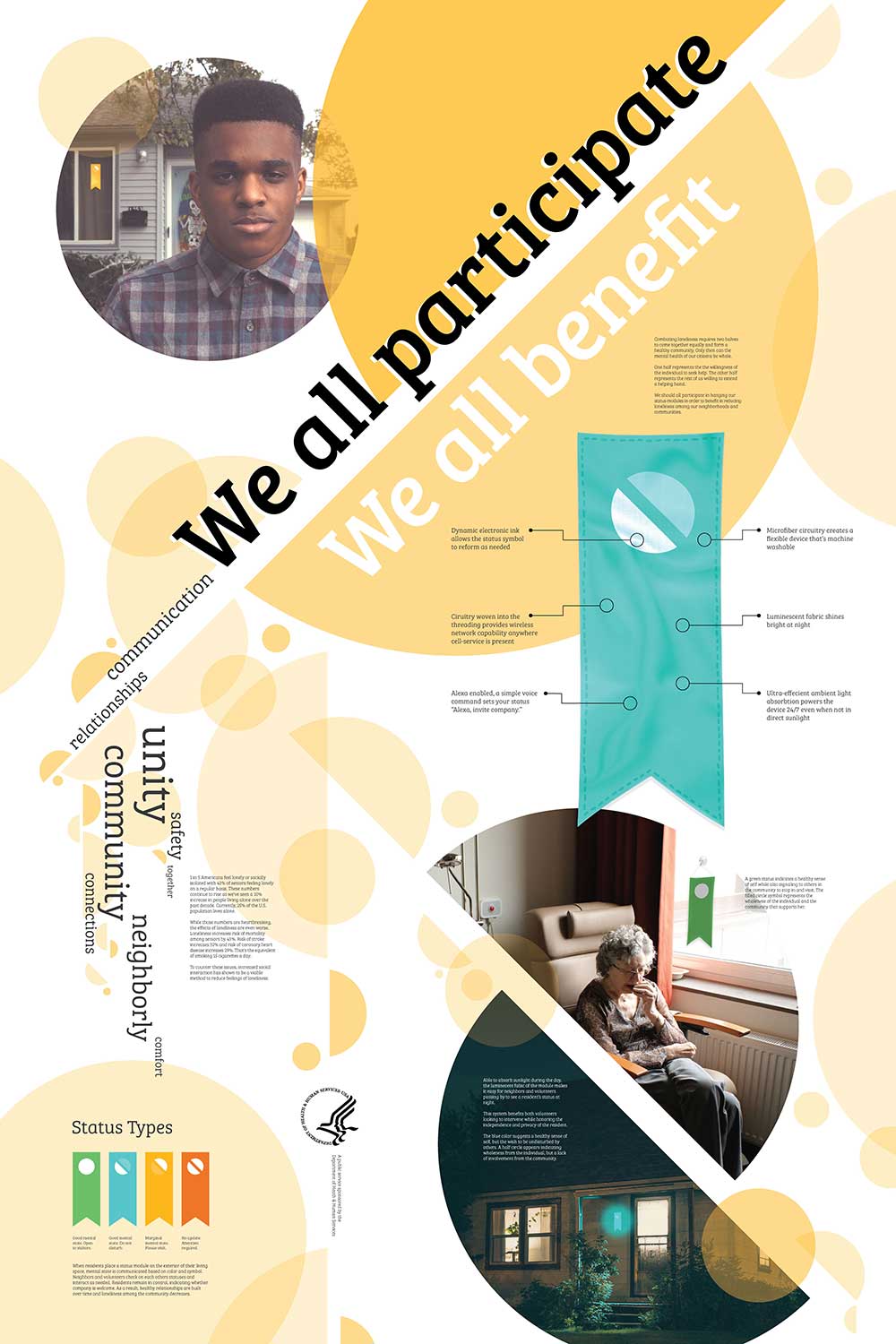Design strategy
Problem to Solve
1 in 5 Americans feel lonely or socially isolated with 43% of seniors feeling lonely on a regular basis. These numbers continue to rise as we’ve seen a 10% increase in people living along over the past decade. Currently, 25% of the U.S. population lives alone.
To counter these issues, increased social interaction has shown to be a viable method to reduce feelings of loneliness with increased social interaction generally occurring in two ways. An outside person or group forces interaction through intervention, or the patient must exercise self-care on their own. Both methods present their own set of challenges.
Questions to Answer
- How can volunteers(those that want to help) be engaged with patients without causing anxiety?
- How can patients self-heal without regressing from lack of accountability?
- How can these two groups be linked together as a community to form lasting relationships?
Goal
The goal is to design a system that builds long lasting relationships between people experiencing loneliness and the volunteers wanting to help.

